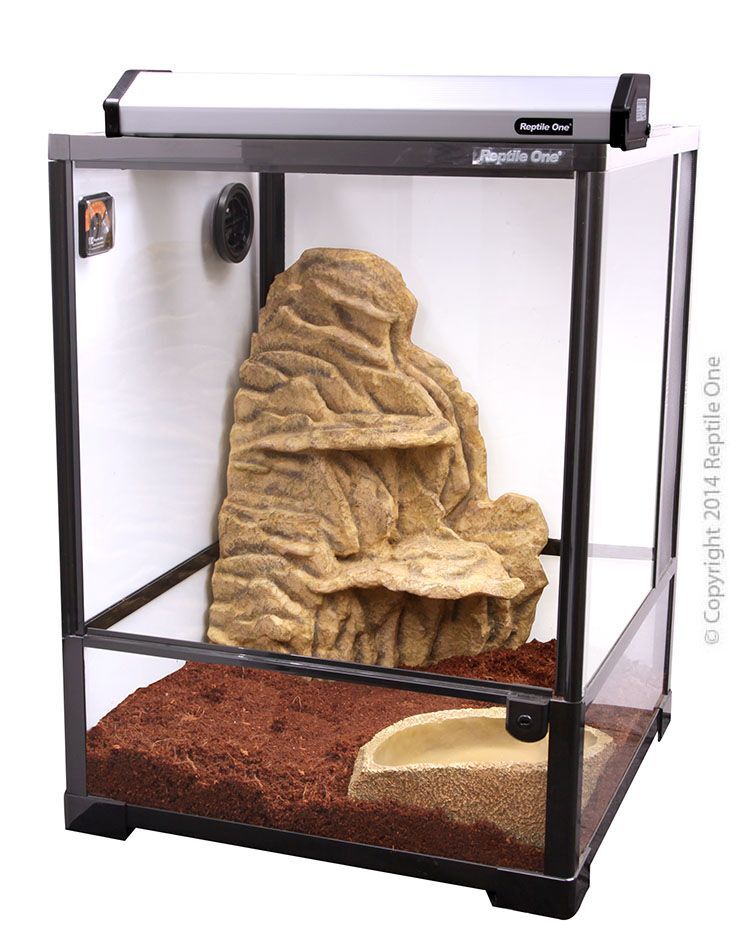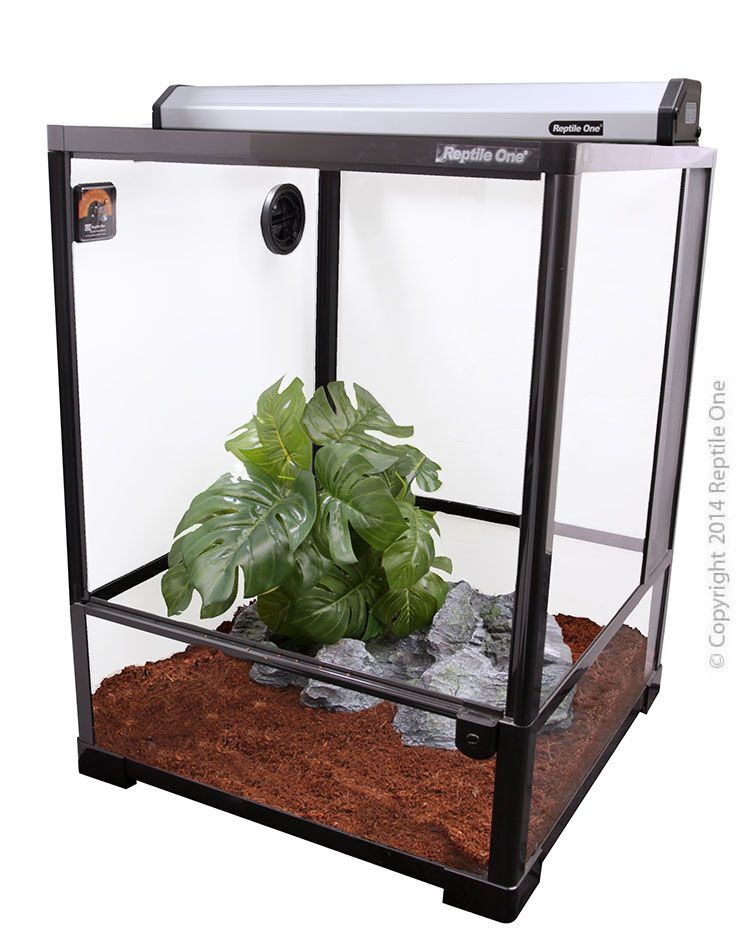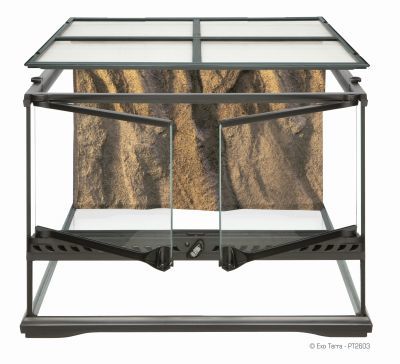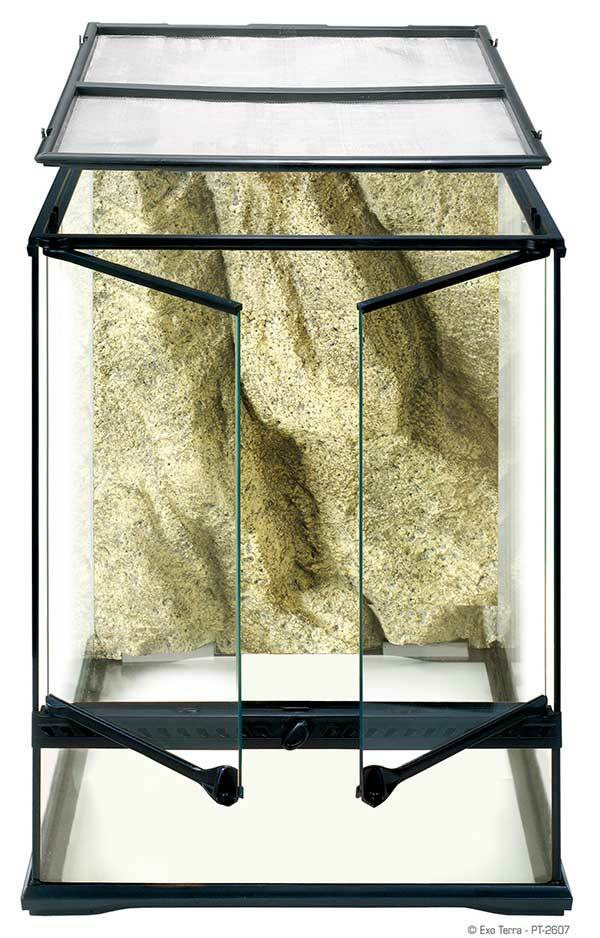Keeping Praying Mantises & Stick Insects

Stick Insects and their carnivorous cousins, Praying Mantises are found in similar environments and despite having some similarities they are different species. A large difference between these two species is their mating, the way they raise their young and what they eat. Praying Mantises (also known as Praying Mantids) are carnivorous eating insects, geckos and have been known to actually eat mice and small birds, whereas Stick Insects only eat leaves and plant life. Both species are considered to be low maintenance, delicate and fascinating critters.
Adopting a Praying Mantis or Stick Insect
Species of Australian Stick Insects for sale at Pet City are:
- Spiny Leaf Stick Insect (Macleay’s Spectre) – Extatosoma tiaratum
- Titan Stick Insect – Acrophylla titan
- Children’s Stick Insect –Tropidoderus childrenii
It is best to call us or email us before visiting our pet store in Mount Gravatt to find out if we have any pet Stick Insects available in-store.
What you'll need:
General Information
- Stick insects are delicate and easily hurt if dropped. Handling in small amounts is ok, but over-handling can lead to stress.
- Fresh leaves, especially for young insects, are vital to the health and vitality of your stick insects. Stick insects eat nothing but leaves.
- These insects are non-aggressive and, if the enclosure is large enough, can be housed in a mixed species colony. DO NOT house any praying mantis species with your stick insects as they are carnivorous.
- Males will grow much smaller than females.
- Female stick insects generally live 12 – 18 months. Males are slightly shorter-lived and usually last 10 – 12 months.
Stick Insect Enclosures
What is an ideal enclosure for Stick Insects?
Stick insects should be housed in a tall (the taller the better!) mesh enclosure. They can be housed in a plastic enclosure with a ventilated lid but often do not thrive in this environment. A fully mesh enclosure is ideal and should be at least 40cm high.
What is an ideal substrate for Stick Insect Enclosures?
A good substrate to use in Stick Insect enclosures is peat, as it holds moisture which helps with humidity which is especially important when hatching eggs. Always make sure any substrate used comes from a clean, reliable source and is free of pesticides or chemicals that could be harmful to your insects. Fine Kritter’s Crumble (ground up coconut husk) is a good substrate to use as it holds moisture well.
Feeding (Stick Insects)
What do Stick Insects eat?
Fresh native leaves should be provided on a regular basis. The eucalypt family is a favourite, as well as Paperbarks and Acacias. Give your stick insects a selection of native leaves and take note of what they eat most of, then provide more of those kinds of leaves in the future. It is commonly accepted that nice, fresh paperbark leaves are a favourite of the titan and children’s stick insects.
What's the best way to feed a Stick Insect?
Fresh leaves should be available at all times. Spray the leaves with fresh water and if your species requires still water, make sure the insects cannot fall into the water as they run the risk of drowning. Most Stick Insect species will not drink from a bowl and rely on their water source from leaves. This is why it is important for the leaves to be misted with a water bottle twice a day, especially in the warmer months.
When collecting leaves try to go as far away from roads and other highly polluted areas as possible. Get the youngest, freshest leaves available. Spray all leaves with cold water to get rid of anything dangerous before feeding to your stick insects.
Young stick insects (nymphs) need fresh soft leaves to eat on a DAILY basis.
Shedding
As they grow stick insects will shed their exoskeleton. Do not disturb them during this process and if your insect looks like it is having trouble mist the enclosure to raise humidity.
Remove old sheds from the enclosure.
Quick Links

Are Stick Insects For Sale?
Give Pet City a call on 07 3349 2086 to see if we have any Australian Stick Insects or Praying Mantises at our local Mt Gravatt store. We have all the supplies in-store to get you started. Both are interesting creatures to keep and you will learn a lot if you are planning on breeding them.
Shop EnclosuresReproduction
Stick Insect eggs can take up to 18 months to hatch! However if you attend your stick insects diligently and keep them moist they should hatch sooner. Eggs usually start hatching late September. Young stick insects will instinctively climb as high as possible once they hatch so make sure they are in a suitable enclosure and that you have a ready supply of fresh, soft leaves for them to eat. Do not directly spray nymphs (baby stick insects) with water; instead lightly mist their leaves daily.
How many eggs do Stick Insects lay?
Female stick insects can lay anything from 450 - 1000 eggs depending on the species. Some species can even reproduce parthenogenetically which means they don’t need a male to produce fertile eggs!
Keeping A Praying Mantis
What does a praying mantis eat?
These insects are carnivorous and as such require live food on a regular basis. Crickets are a good staple diet. Exercise caution if feeding wild caught insects as they could have come into contact with pesticides or chemicals that could be harmful to your praying mantis.
What is a good enclosure for praying mantises?
Praying mantids (Mantidae Family) like to climb and need a well ventilated enclosure. Similar to stick insects, a 40cm tall mesh enclosure would be ideal with a peat or Fine Kritter’s Crumble substrate to hold moisture.
Mist the enclosure once a day for drinking water and to raise humidity levels.
TerarriumsShedding Process
These insects will periodically shed their skin. Do not interrupt them during this process and if they look like they are having trouble mist them lightly with a spray bottle to raise humidity.
Have a Question?













